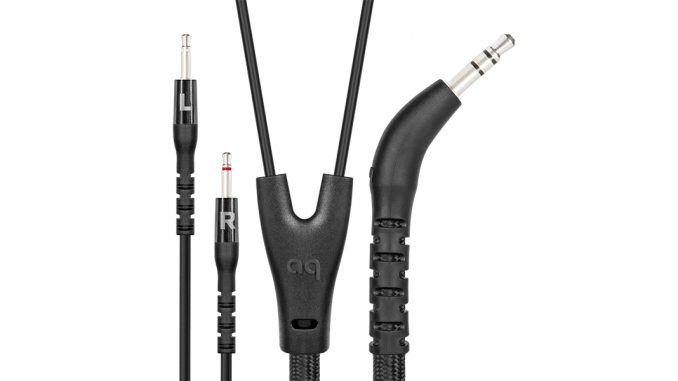
If you’ve been here before, you may have noticed my affinity for Audioquest (AQ) headphones. Their sound made sense to me from the start. I’ve likely posted thousands of words about them. I know, enough already. Well, it seems we’re not quite done yet, as I have had their latest headphone cable, the NightBird, here for several weeks.
The original Nighthawk, and the closed-back NightOwl and I were fast friends. That said, my relationship with their cables got off to a rough start. The stock cable that came with the NightHawk broke within a few weeks. I went through a couple of those before investing in an aftermarket cable (I broke that Double Helix cable too…noteworthy, maybe). Being the curious sort, I would have experimented if the AQ cable hadn’t broken. Also, I typically want a longer (2m-3m) cable for my office. On that note: I rarely take these headphones on the road, so we’ll focus here on a desktop experience.

Design
The NightBird Model One was designed as a replacement cable for the NightHawk and NightOwl. You can find it online and through your local dealers today. It incorporates many design elements inherited from AQ’s high-end analog cable, including their Perfect-Surface Copper+ Conductors (PSC+), noise dissipation system (NDS) and silver-plated plugs. They are available in lengths from two to five meters and can be fitted with either 3.5mm, 6.5mm or XLR amp end plugs. For more detail on the technical design, follow the links above and below.

Practical Matters
How a component sounds—or doesn’t sound—is, of course, a primary concern. That said, there are other things we must consider that are unique to headphones and headphone cables – comfort and reliability are high on that list.
I found the outer jacket of the NightBird, which is made of a synthetic weave, to be both quiet and flexible. I rarely noticed any microphonic noise (I don’t often dance with them on, though it does happen), and it was easy to work with despite its relatively large diameter. The NightBird cable has a silkier feel compared to the NightOwl’s more rubbery stock cable. It is quite light (my sample is 3m long with a 3.5mm amp termination) and I rarely notice it unless I am moving between my desk and the rack. I’m also a vinyl/headphone listener, so this is key even though I’m not taking it to the streets.
The ‘phone-side plugs fit snugly into the NightHawks cups (the Blue Dragons will fall out with the slightest tug) and provide a solid connection, which leads me to believe the cable could be a great travel partner.
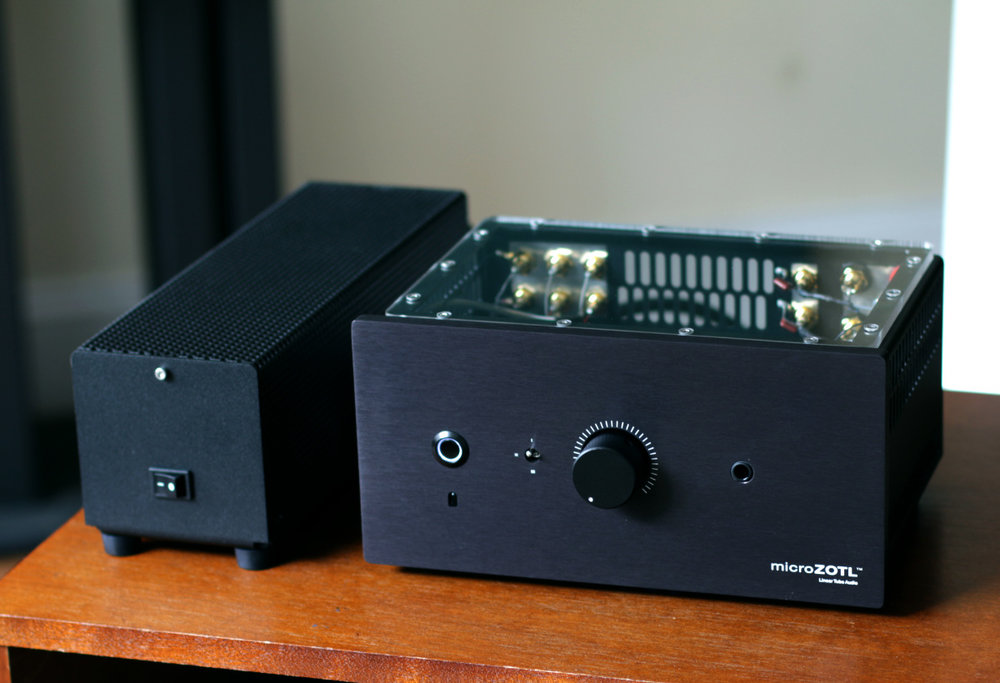
The Setup
I used my primary system to evaluate the cables, with one exception—I have had a Linear Tube Audio MZ2 integrated amp/headamp/preamp (hoping to have the MZ3 here soon for comparison—stay tuned) here for several weeks. I used it 90% of the time.
Calling the MZ2 both nuanced and commanding doesn’t quite illustrate its exemplary dynamic expression, tonal character, and brawn. Conspiratorial might better describe its character. In my experience listening (streaming via Roon/Tidal/Qobuz through the Sonictransporter i5 and Border Patrol DAC SE) to the LTA headamp, NightHawk, and NightBird together; everything sounds right-er. More right. Just right. It’s showing me and only me a glimpse of some secret knowledge. A brief moment of insight illuminated by valve-light. Anyone read The Hinterlands (1981) by William Gibson? Ok, so it’s not quite that dramatic. Sometimes. With its SET-like immediacy, dynamics, tone, and ultra quiet operation, the MZ2 is, in my system, even more captivating than the Euphoria 45.
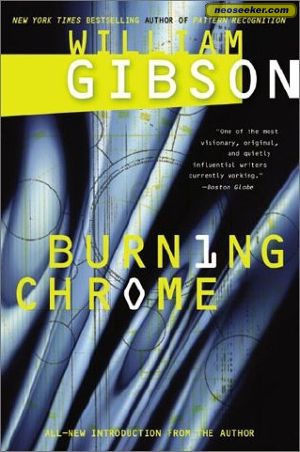
Ok, so cables…I’ve got the stock NightOwl cable, a Moon Audio Blue Dragon copper cable, and a $20 cable from Amazon to compare with the NightBird. They’ve all seen hundreds of hours of play. The Blue Dragon has been my first choice, despite its weight.
Listening
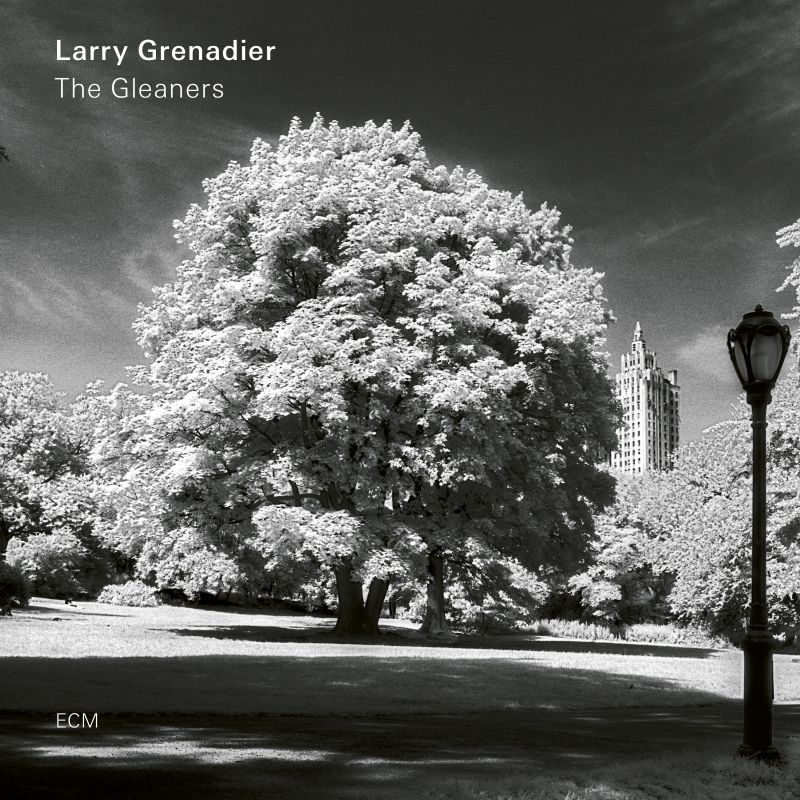
Larry Grenadier: The Gleaners
Solo bass albums may not be common fare, but allow me to be unreasonable, if only for a moment… everyone should sit down with this record. I was introduced to Larry Grenadier’s playing through the Brad Mehldau Trio. I’ve always appreciated his style—this record made me a fan. The recording quality is what you’d expect from ECM. Recorded at Avalon Studios in New York in 2016 (now (again) Power Station at BerkleeNYC), the sound is spacious and intimately lit.
Those photos of Studio A…
On tracks like “Compassion/The Owl of Cranston”, the NightBird put a more complete image of the instrument in my head; I can see the bass from top to bottom. As I hear it, the NightBird does not hinder the MZ2’s extended bandwidth, dynamics, and low distortion. I can nearly feel the air moving with each pluck and strike, and the harmonic complexities are laid bare – not highlighted, mind you. This is a remarkably refined high-frequency presentation.

Fiona Apple: The Idler Wheel…
This is an organic and layered recording, and, a full-toned feast for the NightHawk. Blending layers of vocals, keyboards, and various percussion (at times improvised instruments), they have created a record that at times sounds like Apple is at the helm of huge steam-breathing machines. On “Periphery”, where the drummer, Seedy, or Apple have recorded themselves dragging their feet (imagine they are playing what could otherwise be a brush part on a snare drum on the ground with their feet), and that gritty groove has never been more tactile.
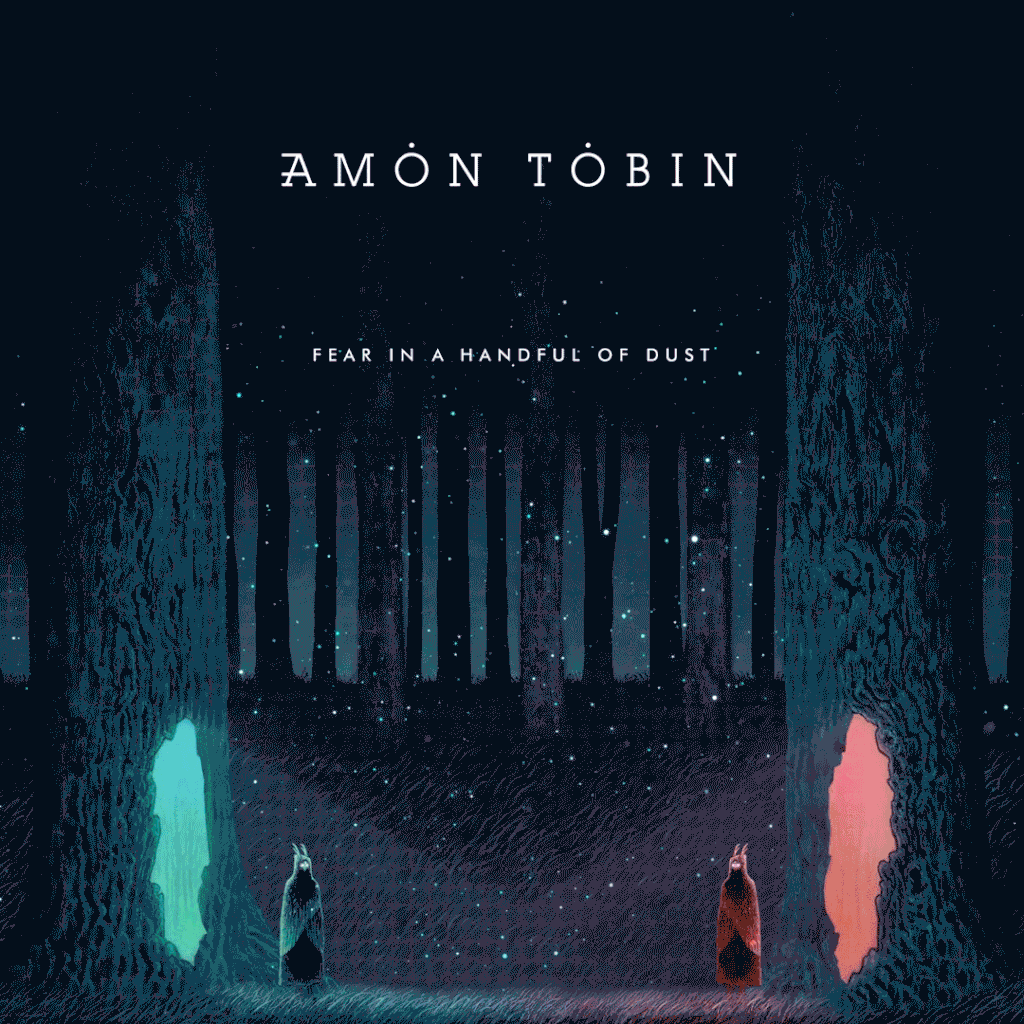
Amon Tobin: Fear in a Handful of Dust
I’m not very deep into electronic music, but there are a few artists I listen to. Among my first picks is Amon Tobin (AKA Two Fingers), a veteran electronic sorcerer whose abstract and cinematic style I find intriguing. His compositions are remarkably organic and at times sound to me like virtual sculpture. His latest, Fear in a Handful of Dust, is a strange and visceral listen. On the track, “Vipers Follow You”, what sounds like samples of a stringed instrument flutter and scrape across some synth and vocal drones. At times more rhythmic, but mostly drifting, this is some hypnotizing music. The NightBird lends to these weird soundscapes captivating presence. The strings are solid and confoundingly touchy.
A Perfect Pair
It’s as if AudioQuest designed and built the NightBird just for the NightHawk and NightOwl. Good on them. The NightBird bested every other cable I have here. Subtle shifts are what we’re talking about, though it is not difficult to hear the difference. My system took one small step closer toward the people behind the music.
This is, all around, an excellent headphone cable. Here at home, it’s the best pairing I’ve heard so far with the NightHawks. The cable simply gets out of the way and lets me hear more of my systems talents. It’s also lightweight and easy to manage. If you own AudioQuest headphones or are planning a purchase, I recommend considering the new NightBird cable.
Thanks for listening.
AudioQuest NightBird Model One Headphone Cable
Price: $99.95/2m, $129.95/3m, $159.95/4m, $189.95/5m
AudioQuest
Irvine, CA
Telephone: 800.747.2770

